Table of Contents
Introduction to Sichuan Pepper
Sichuan pepper (also known as mala peppercorn) is a distinctive spice from China that creates a unique numbing and tingling sensation on the tongue and lips, distinct from the heat of chili peppers. It's a cornerstone of Sichuan cuisine and has gained global popularity for its complex citrusy, floral flavor. In this guide, we'll cover its origins, culinary applications, and how to select the highest quality for authentic cooking.
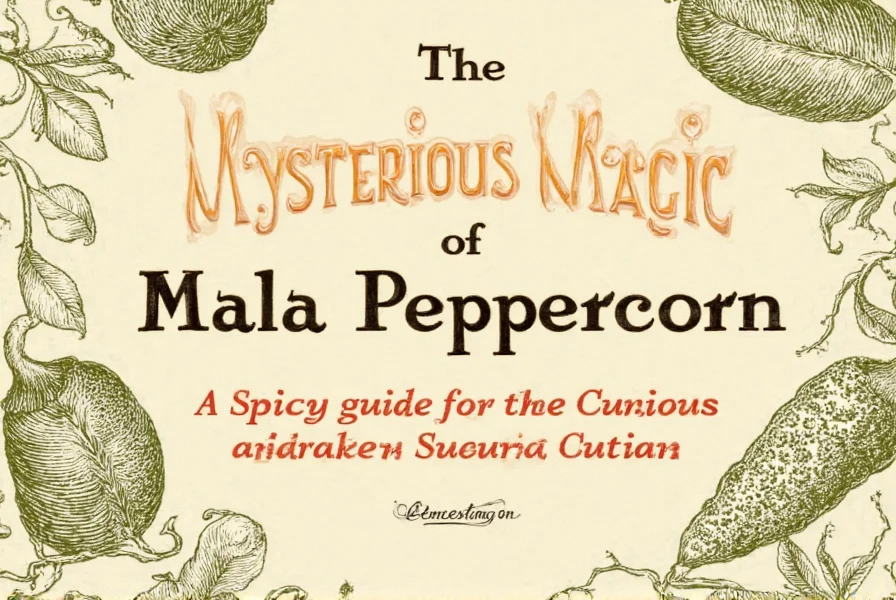
What Is Sichuan Pepper?
Sichuan pepper, commonly referred to as mala peppercorn, is not a true pepper. It comes from the dried fruit of the Zanthoxylum bungeanum tree native to China. Unlike black pepper which delivers sharp heat, Sichuan pepper produces a characteristic numbing sensation known as "ma" (麻) combined with citrusy, floral notes. The term "mala" (麻辣) specifically describes this dual sensation: "ma" for numbing and "la" for spicy heat (typically from chili peppers used alongside it).
This unique property makes it essential in iconic Sichuan dishes like mapo tofu and hot pot, but its versatility extends to modern culinary applications worldwide.
Flavor Profile and Culinary Uses
Sichuan pepper offers a complex flavor profile: bright citrusy notes reminiscent of lemon or grapefruit, subtle floral undertones, and that signature numbing sensation caused by hydroxy-alpha-sanshool compounds. This creates a tingling vibration on the tongue rather than actual heat.
Its ability to balance rich, fatty ingredients makes it invaluable in cooking. Common uses include:
- Sichuan Cuisine: Mapo tofu, hot pot, and spicy chicken
- Marinades: Enhances depth in meats and seafood
- Sauces: Key ingredient in chili oil and dipping sauces
- Desserts: Infused into syrups or sprinkled on cakes and cookies
- Cocktails: Adds unexpected complexity to drinks
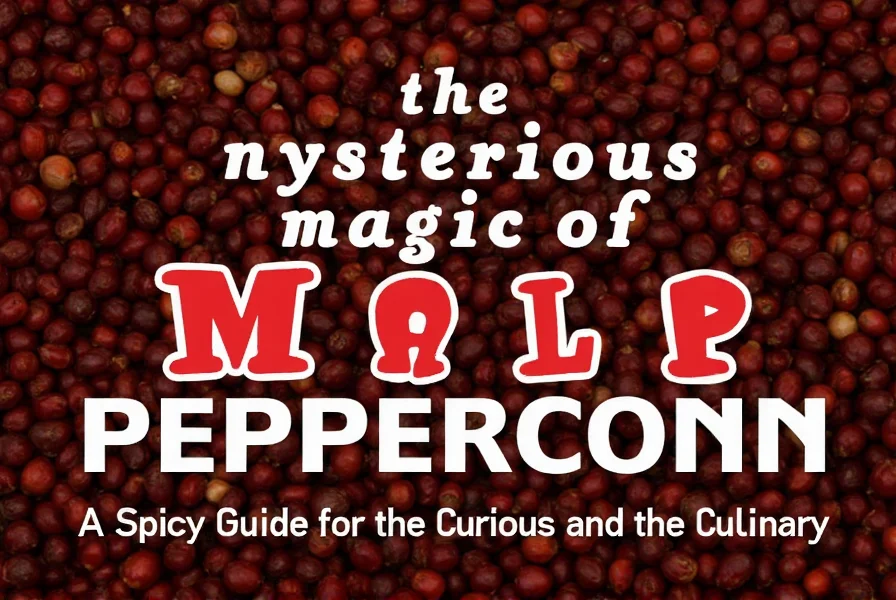
| Feature | Sichuan Pepper | Black Pepper | White Pepper | Green Pepper |
|---|---|---|---|---|
| Origin | China (Sichuan) | India | India | Indonesia |
| Flavor | Citrusy, floral, numbing | Pungent, sharp, spicy | Milder, earthy, slightly sweet | Fresh, grassy, tangy |
| Heat Level | Mild to moderate (numbing sensation) | High | Moderate | Low to moderate |
| Best For | Sichuan cuisine, marinades, infusions | General seasoning, meats, soups | White sauces, delicate dishes | Salads, fresh dishes, seafood |
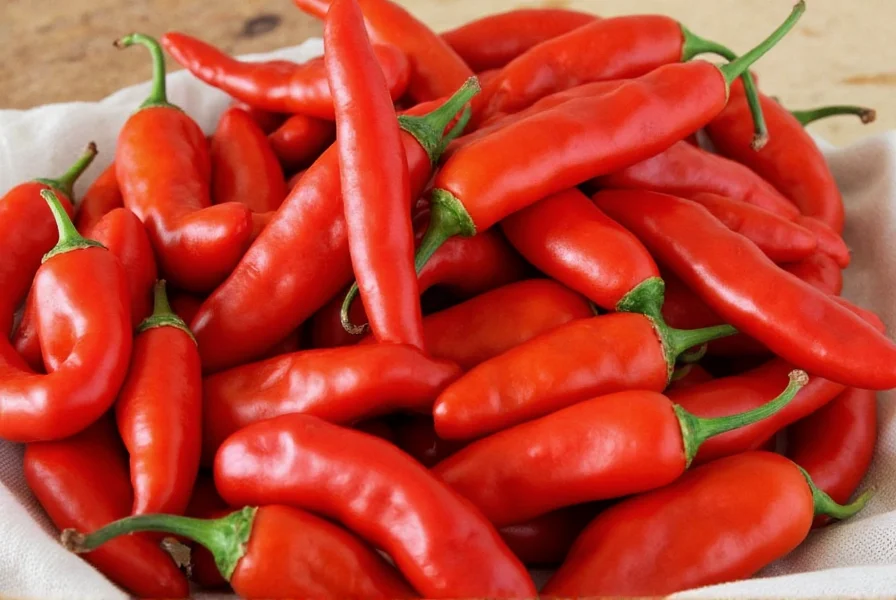
Buying Guide: How to Choose the Best Sichuan Pepper
When shopping for Sichuan pepper, consider these factors for optimal quality:
1. Look for Whole Peppercorns
Whole peppercorns retain more aroma and flavor than ground versions. They also maintain potency longer during storage.
2. Check Color and Texture
High-quality Sichuan pepper should be bright red or reddish-brown. Avoid dull, discolored, or moldy specimens. Texture should be slightly rough but not brittle.
3. Smell Before Purchasing
Fresh Sichuan pepper has a strong, pungent citrus aroma. Weak or stale smells indicate reduced potency.
4. Prioritize Origin
Sichuan province in China produces the highest quality varieties. Good alternatives come from India and Japan, but verify regional sourcing.
5. Choose Proper Packaging
Select airtight containers or vacuum-sealed bags to preserve freshness. Avoid loose bulk bins unless the vendor has high turnover.
Practical Tips for Cooking with Sichuan Pepper
Maximize flavor with these techniques:
- Toasting: Dry-toast whole peppercorns in a pan until fragrant (30-60 seconds). Avoid burning to prevent bitterness.
- Grinding: Use a mortar and pestle or spice grinder. Whole peppercorns work for infusions; crushed for rubs and sauces.
- Pairing: Complements garlic, ginger, soy sauce, and chili oil. Ideal with fatty meats and seafood.
- Use Sparingly: Start with 1/4 teaspoon per serving. The numbing effect intensifies with excess use.
- Infusion: Add whole peppercorns to oils, vinegars, or broths for subtle, lingering flavor.
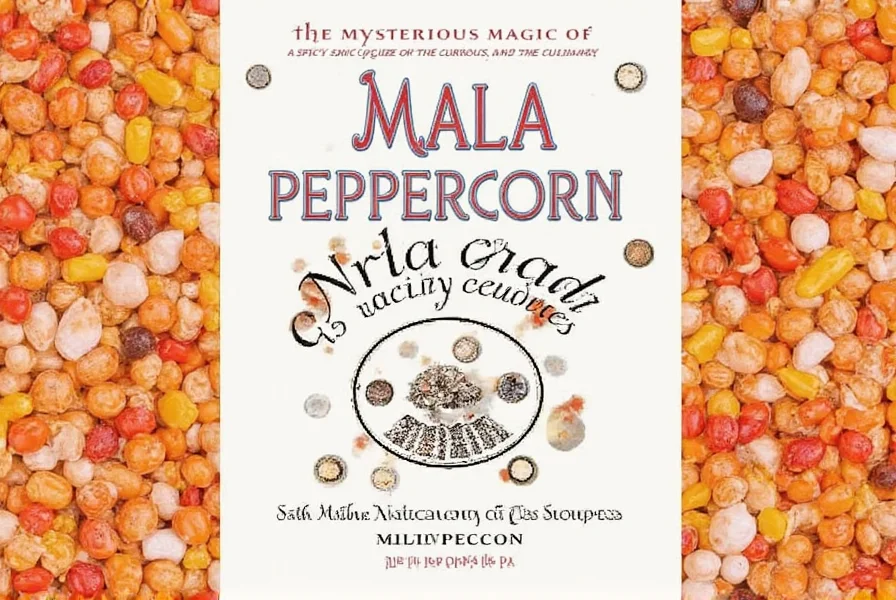
Frequently Asked Questions About Sichuan Pepper
What is Sichuan pepper?
Sichuan pepper (also called mala peppercorn) is a spice from the Zanthoxylum bungeanum tree native to China. Despite its name, it's botanically unrelated to true peppers but creates a distinctive numbing sensation with citrusy, floral notes.
Is Sichuan pepper actually a pepper?
No. It belongs to the Rutaceae (citrus) family, while black, white, and green pepper come from Piper nigrum. The "peppercorn" name refers to its culinary use, not botanical classification.
What does "mala" mean?
"Mala" (麻辣) is a Chinese term combining "ma" (麻) for numbing/tingling sensation and "la" (辣) for spicy heat. Sichuan pepper provides the "ma" component, while chili peppers typically provide the "la".
What causes the numbing sensation?
Hydroxy-alpha-sanshool compounds in Sichuan pepper stimulate nerve endings, creating a tingling vibration. This differs from capsaicin in chili peppers which causes actual heat sensation.
How is Sichuan pepper different from black pepper?
Black pepper provides sharp, pungent heat from Piper nigrum seeds. Sichuan pepper delivers citrusy, floral notes with numbing sensation from Zanthoxylum fruits. They're botanically unrelated and create completely different sensory experiences.
How should I store Sichuan pepper?
Keep whole peppercorns in an airtight container away from light and heat. For maximum freshness, use within 6-12 months. Ground versions lose potency faster.
Can Sichuan pepper be used in non-Asian dishes?
Absolutely. Its citrusy complexity enhances chocolate desserts, citrus sauces, meat rubs, and cocktails. Chefs worldwide use it to add unexpected dimension to diverse cuisines.
Is Sichuan pepper spicy like chili peppers?
No. It creates a tingling numbing sensation ("ma") without actual heat. Traditional Sichuan dishes combine it with chili peppers to achieve both "ma" (numbing) and "la" (spicy) elements.
How much Sichuan pepper should I use?
Start with 1/4 to 1/2 teaspoon per 4 servings. Toasting releases more flavor, so adjust carefully. Remember: a little goes a long way due to its potent numbing effect.
Where can I buy authentic Sichuan pepper?
Look for whole, bright red peppercorns from reputable spice merchants. Chinese grocery stores often carry high-quality Sichuan-sourced varieties. For premium quality, seek products specifically labeled "Sichuan Province" origin.
Conclusion
Sichuan pepper (mala peppercorn) is more than a spice—it's a sensory experience. Its unique numbing effect and citrusy complexity elevate both traditional and modern dishes. By understanding its characteristics, selecting quality sources, and mastering cooking techniques, you can unlock its full potential in any kitchen.
Whether you're exploring authentic Sichuan cuisine or innovating in global fusion cooking, Sichuan pepper is an essential ingredient that transforms ordinary meals into extraordinary culinary adventures.
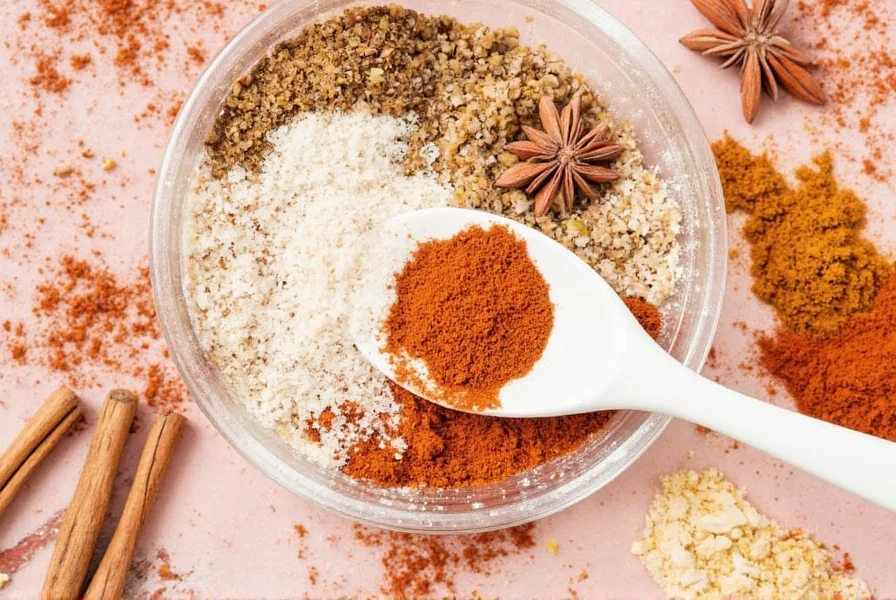










 浙公网安备
33010002000092号
浙公网安备
33010002000092号 浙B2-20120091-4
浙B2-20120091-4